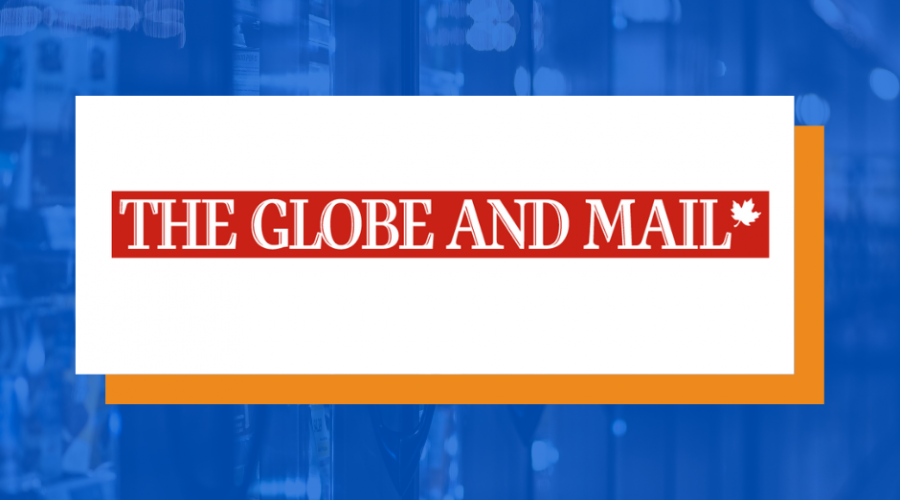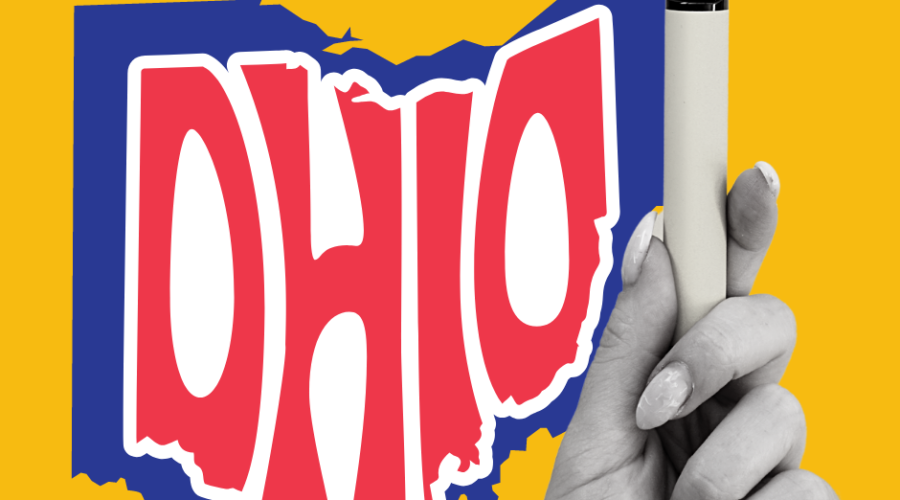Three things that could save you $1,000 yearly
Imagine if you had an extra $1,000 right now. You could use the money to go on a road trip, buy a few weeks’ worth of groceries or pay a few bills.
The federal government could easily put $1,000 in the hands of Canadian households by abolishing federal laws that lobbyists have secured at the expense of Canadian consumers. Specifically, the government could take on: big cellphone companies, big airline companies and the dairy cartel.
First, consider your cellphone bill. A 2021 study by Rewheel, a Finnish cellphone market research consulting firm, found that prices in the Canadian wireless market “continue to be the highest or among the highest in the world.” Some in industry blame high cell bills on our nation’s large geography and the need to put up many cellphone towers. That does play a part, but readers should note that Australia is also a large country with a small population and their cell bills are less than half of Canada’s.
Canada’s problem is that we simply don’t have enough cellphone companies competing with each other to offer great deals for customers. Our nation is dominated by three large companies — Bell, Rogers and Telus — which also own several smaller carriers, such as Fido, Virgin, Koodo, etc. One reason Canada doesn’t have a strong market is due to the fact that government rules prevent foreign companies from owning no more than 20 per cent of a cellphone company. If we rescinded this rule, we could see companies from allied nations, who don’t present a threat to our national security, enter our market and help push down cellphone prices.
Considering many households spend over $100 per month on cell coverage, a mere 15 per cent savings could add up to nearly $200 per year.
We find the same problem in the airline sector. Federal laws prevent foreign entities from owning more than 49 per cent of an airline that operates domestic routes in Canada. This has left consumers dependent on Air Canada and WestJet for domestic flights for far too long — high prices are once again a consequence for consumers due to federal laws that reduce competition. Travel booking company Kiwi.com notes that Canada ranks 65th globally in terms of flight affordability. Our cost per 100 kilometres travelled is 2.1 times higher than in the United States, 2.8 times higher than in New Zealand and 3.6 times higher than in Portugal.
Rescinding foreign ownership rules could lead to more airlines entering the market and reducing costs for consumers. This could lead to a situation where WestJet and Air Canada suddenly have to compete with Korean Airlines or Delta when flying passengers from Toronto to Vancouver and other domestic routes.
Under a more competitive model, a family that purchased two $500 flights a year could save $150 if prices dropped by a mere 15 per cent.
Federal laws also force Canadians to pay high prices for dairy and poultry products. This is because Ottawa’s “supply management” system decides how much each farmer can produce and how much they get paid. There’s no competition. The end result is that Canadians pay high prices for chicken, turkey, eggs, milk and other dairy products while farmers in those industries get rich. According to Statistics Canada, the average dairy farm in Canada had a net worth of $4.5 million in 2019 while poultry and egg farmers had a net worth of $6.2 million. These are both far higher than most other agricultural farms which operate under competitive models.
According to a 2015 University of Toronto study, Ottawa’s supply management system forced the typical Canadian family with two kids to pay an extra $585 per year for dairy and poultry products. Adjusted for inflation, eight years later, the cost to households for this policy would be much higher at approximately $724.
Thankfully for Canadian consumers, the vast majority of industries do not operate with federal rules slanted so heavily in favour of industry at the expense of consumers. By tackling these three areas of federal policy, the government could save Canadians a large amount of money — something most households could do with right now.
Originally published here




